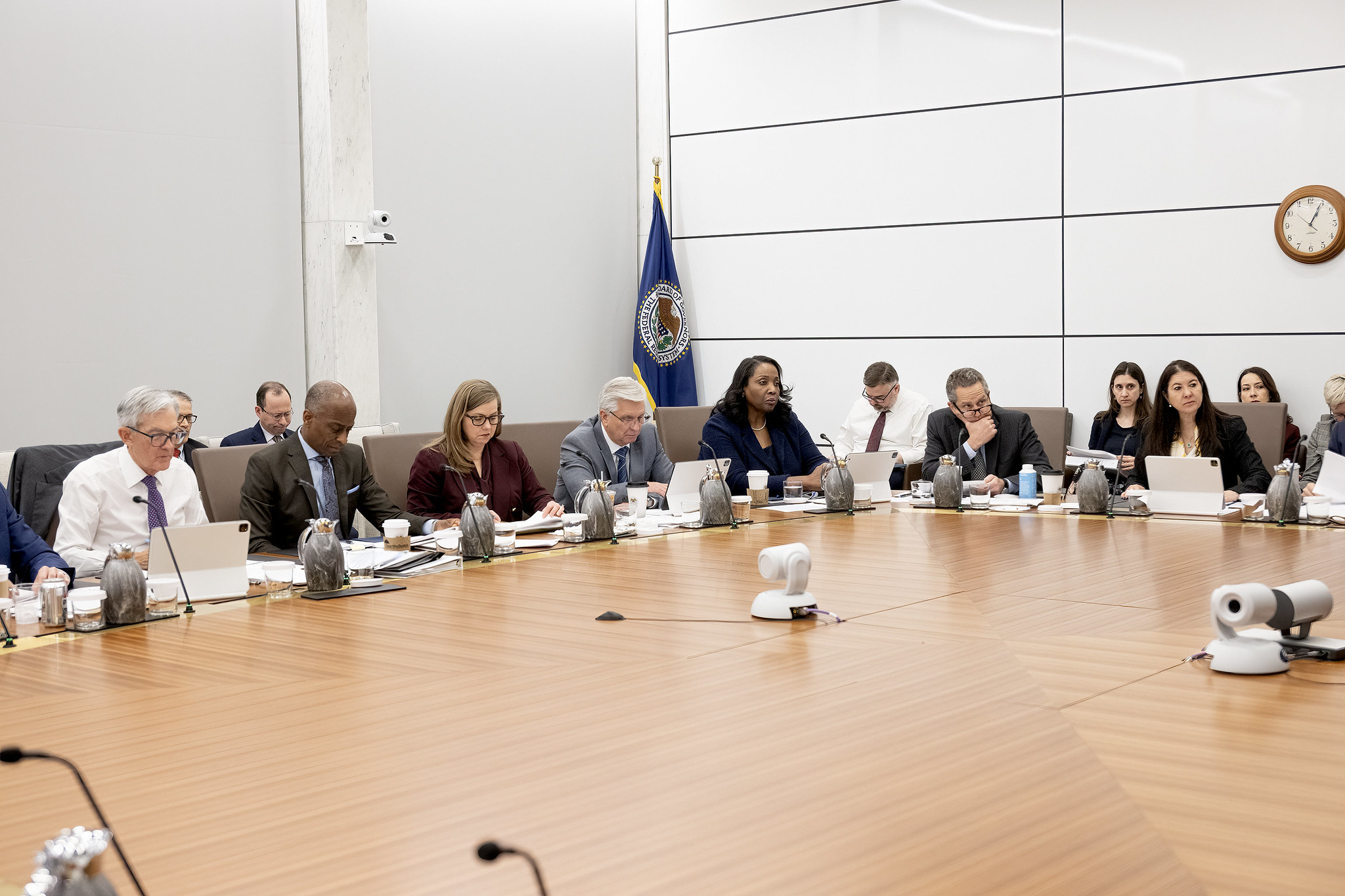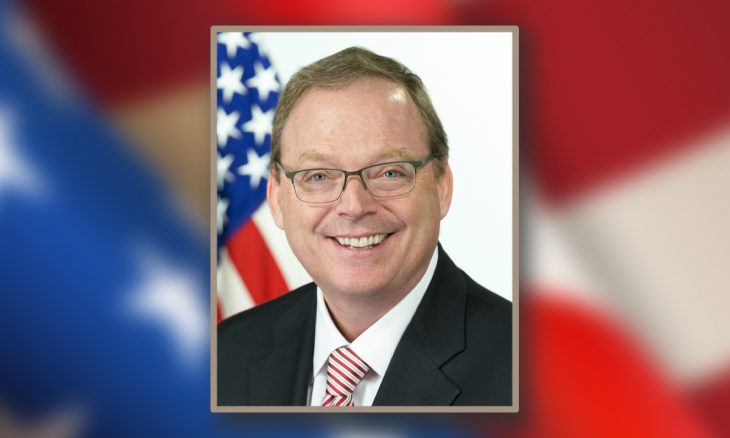Following the recent September Federal Open Market Committee (FOMC) meeting, a commentary by Euro Pacific Asset Management suggests that the Federal Reserve is being influenced by current politics more than ever in its history.
For the uninitiated, the unique position of the Federal Reserve is that it’s part of the overall structure of the government while maintaining independence within it, which supposedly gives it immunity from political pressure.
Controversy swirling around the FOMC meeting raises—more than ever before—how independent the Fed can be from political pressure when the ships are down and the players are called to show.
The FOMC ultimately decided to cut the interest rate by 25 basis points, in response to the slow job availability, steady unemployment rate, and price inflation being increased but still steady. This brings the federal funds range to about 4.00% -4.25%. One solitary no vote was cast at the meeting: Stephan Miran argued for a 50 basis point cut, as well as outlining his case for 125 basis points of future cuts by the end of the year.
The day before the FOMC meeting on September 16-17, Stephen Miran, a Trump-backed economist, was quickly confirmed by the Senate and sworn in the morning of the meeting. His recommendation for such significantly lower borrowing costs generated substantial skepticism around whether or not the Fed could see be considered independent.
Indeed, the first question at Powell’s post-meeting press conference was to address this very question, with the AP report Chris Rugaber pointing out that Miran will continue to hold a position at the White House, where he worked to mastermind Trump’s aggressive tariff policy, even as he takes over on the 12-member Federal Reserve Board of Governors, and that such a confluence of roles has never happened in the history of the Fed.
“How can you maintain the public’s perception the Fed is politically independent with this dynamic?” Rugaber asked—perhaps rhetorically as much as genuinely.
“[W]hat I don’t want to see is that Donald Trump has squeezed out the independence of the Fed, and that he’s managed to get his own lackeys in there, that he’s managed to fire someone at the Fed,” Senator Elizabeth Warren, who sits on the Senate Finance Committee told NPR.
“I did not talk to him about how I would vote. I did not talk to him about my ‘dots'” Miran said for his part to CNBC. “I will do independent analysis based on my interpretation of the data, based on my interpretation of the economy, and that is all that I will do… He didn’t ask me to do any particular actions. I didn’t commit to doing any particular actions”.
Borrowing and the question of control
Although the economy doesn’t seem to be weak enough for the drastic cuts, price inflation is still around 3%—still off the Fed’s typically 2% target, and unemployment is at 4.3%, not drastically high.
Revisiting the Euro Pacific report, the Fed used an interest rate guideline like the Taylor Rule to balance inflation depending on how strong or weak the economy stands. Using that reference tool, the economy stands at 3.5-4% neutral placement, which isn’t helping or slowing the economy down. Cutting rates below the neutral rate would suggest the Fed would shift from holding the economy steady to inflating the economy, which, when price inflation is not fully under control, would suggest a politically motivated move.
Since the “One Big Beautiful Bill Act” is adding $2.4 trillion to fuel growth in the economy, a strong rate cut would only make inflation harder to control.
Miran explains that there was no interference with Trump’s motive; the president has been critical of the Fed not cutting interest rates higher. Miran shares his perspective on wanting a larger-than-normal cut, moving closer to the neutral range. He projects the cut would help reduce housing costs as the demand will decrease.
However, lower interest rates mean borrowing is cheaper; they mean stimulating an artificial demand for products that would include houses, which would also become cheaper to finance.
The Trump Administration’s attempt to fire Governor Lisa Cook from the Federal Reserve’s Board, whose position on it Miran assumed, is another major example of political independence being seemingly breached at the Fed.
Cook was first accused of mortgage fraud in 2021 by signing for two different properties, claiming both would be her main estate. Trump has issued the Supreme Court an emergency removal of Cook from the board of governors “for cause” even though the Federal Reserve Act restricts the president from removing a board member “for cause”. Cook was able to testify her case to the federal courts, which has sided with her on the issues of violating 5th Amendment of due process.
The Levy Economics Institute reports that having Congressional control would prevent the Executive branch from imposing power over the Fed. The Fed is responsible for public service; its independence must be directed by Congress to ensure its rightful service to the people. “[t]he Fed is not independent from government. It is independent within government,” said Kevin Warsh, a former government official, writing for the institute.
In another way, Congressional control may be even more harmful than executive control, since it’s Congress that controls government spending, which for decades now has been made possible by government borrowing from, chief among many entities, the Federal Reserve. WaL
We Humbly Ask For Your Support—Follow the link here to see all the ways, monetary and non-monetary.
PICTURED ABOVE: The Federal Open Market Committee (FOMC) meeting held on March 18-19, 2025, with Lisa Cook pictured third from right. PC: Federal Reserve, via Flickr.



